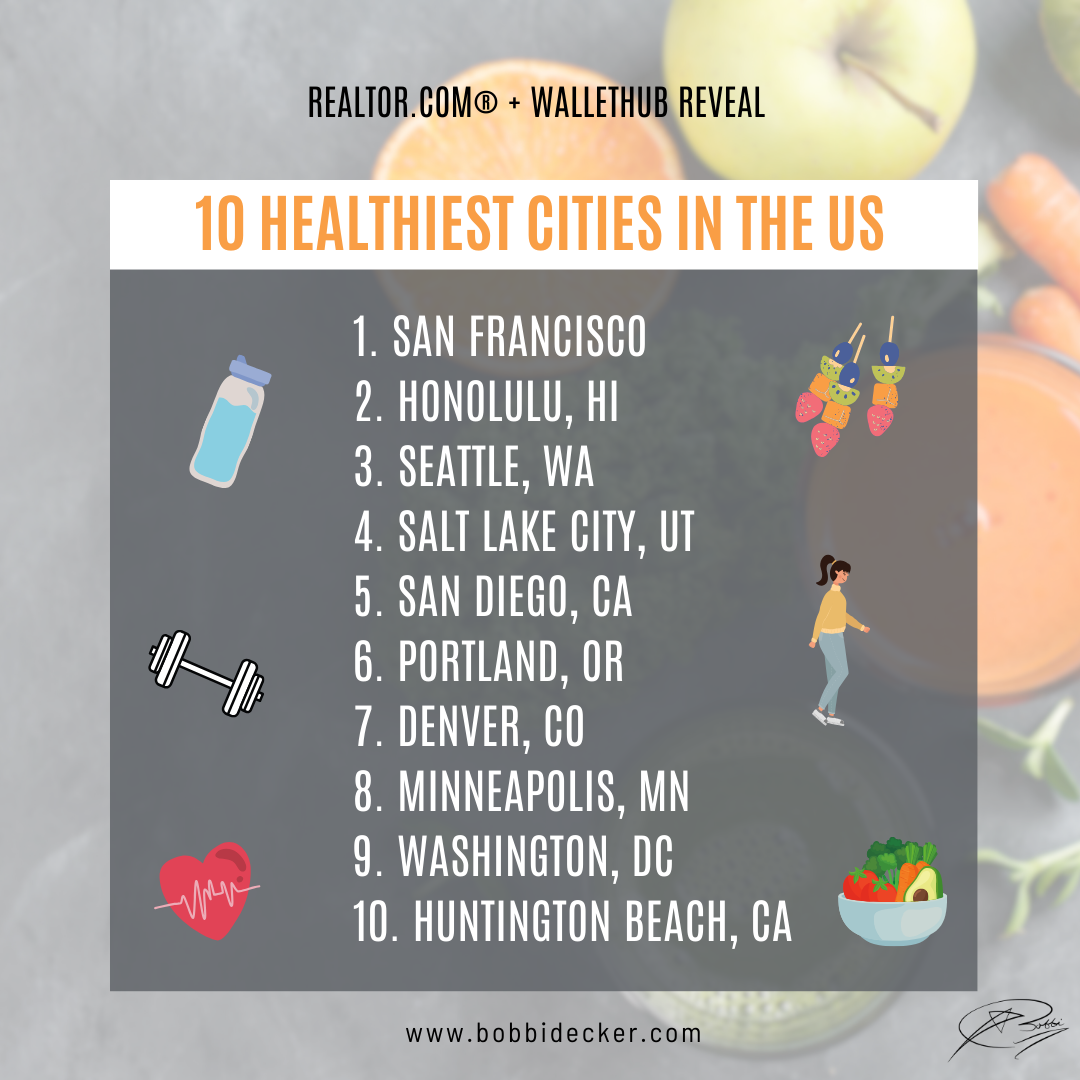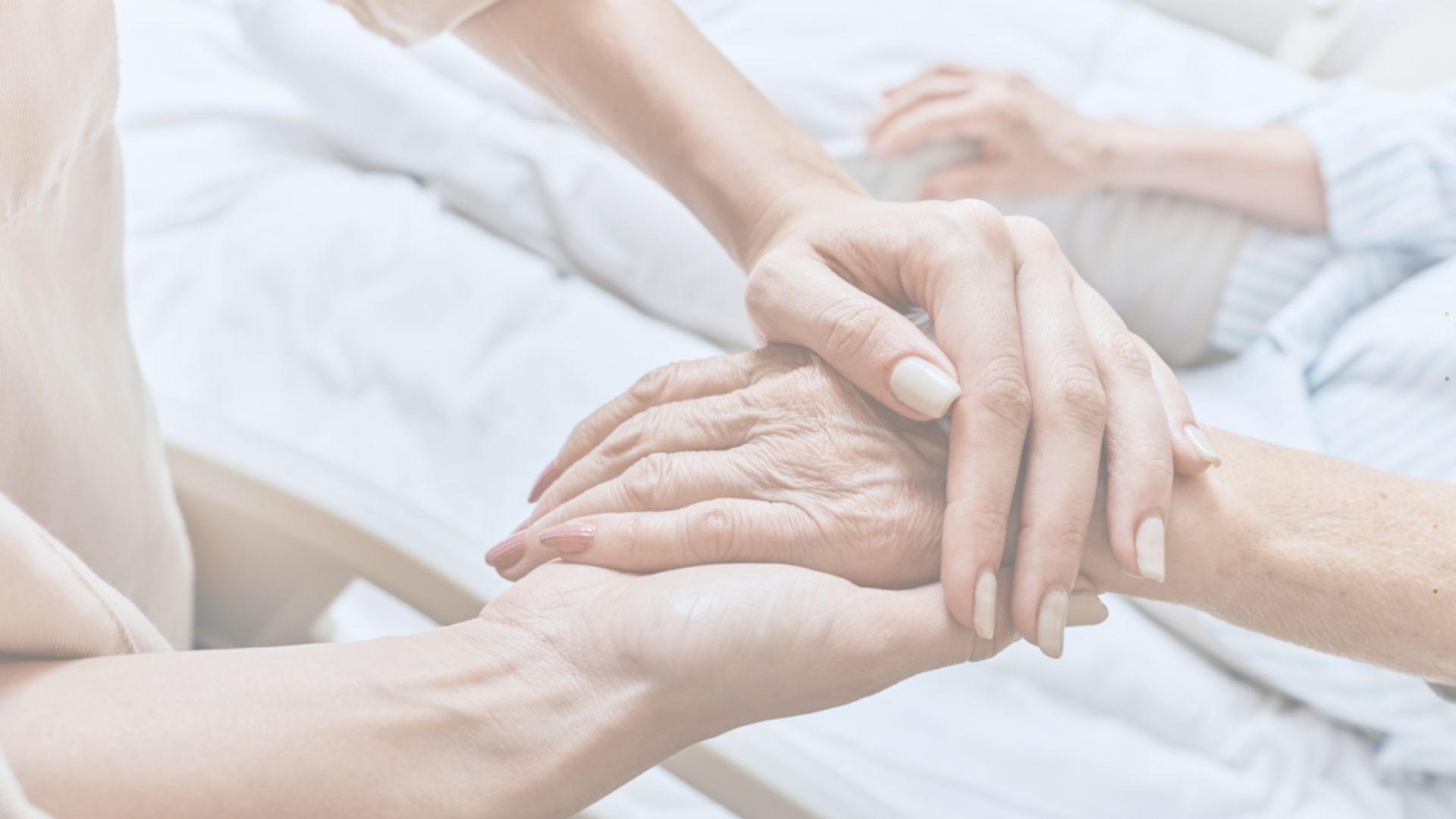Senior Spotlight: Carbon Monoxide & Seniors – The Added Risk
Critical facts about carbon monoxide risk and those age 65 and older.
November is here, often bringing the first chill in the air and the first time we are using our furnaces this season! Yet staying warm and staying safe are not always the same, and this month we wanted to share some extremely important data about the risks of carbon monoxide, especially for seniors.
WHAT IS CARBON MONOXIDE?
CO is an odorless, invisible gas produced when gasoline, natural gas, propane, kerosene, and other fuels are not completely burned during use.
HOW MANY PEOPLE DOES IT IMPACT EACH YEAR?
Carbon monoxide deaths occur most frequently during cold winter months, and it kills hundreds of Americans every year. The CDC reports that CO kills 400 individuals annually, and results in 100,000 emergency room visits and 14,000 hospitalizations.
WHERE IS IT FOUND?
The main sources of carbon monoxide in the home are unvented kerosene and gas space heaters; leaking chimneys and furnaces; back-drafting from furnaces, gas water heaters, wood stoves, and fireplaces; gas stoves; generators and other gasoline powered equipment; automobile exhaust from attached garages; and tobacco smoke.
WHO IS AT GREATEST RISK?
Everyone is at risk! Those most likely to get sick are infants, the elderly, and anyone with chronic heart disease, anemia, or breathing problems. The highest number of fatalities from CO poisoning is among those aged 65 and older, while other sources also report that those age 50 and older and more susceptible to the neurologic effects of CO exposure.
WHAT ARE THE SYMPTOMS?
The most common symptoms of CO poisoning are headache, dizziness, weakness, upset stomach, vomiting, chest pain, and confusion. CO symptoms are often described as “flu-like.” People who are sleeping or under the influence of drugs or alcohol may die from CO poisoning before they have symptoms.
WHAT ARE THE BEST METHODS TO AVOID CO POISONING?
Please be sure to read the CDC bulletin here in full for a comprehensive list of preventative measures. In short, please be sure that your home has a CO detector outside your bedroom and near the furnace or in your living area. Be sure to change batteries every 6 months and replace the detector every 5 years unless manufacturer guidelines of the device indicate otherwise. Also have your heating system, water heater and any other gas/coal/oil burning appliances serviced by a qualified professional every year. When using a generator, make sure it is at least 20 feet from any window, door or vent and be sure your CO detectors are battery powered and can still detect CO when power is out.
Now that the serious stuff has been said, we hope that the start of this month is the start of some amazing things for you. Whether preparing to tackle those year end goals, planning holiday gatherings with those you love or making some favorite winter meals – we wish you comfort, safety and health in all that you do!
Resources Used: CA Department of Public Health, CDC, EPA
Warmest wishes,
Bobbi
Bobbi Decker
DRE#00607999
Broker Associate
650.346.5352 cell
650.577.3127 efax
www.bobbidecker.com
NAR Instructor….“Designations Create Distinctions”
CIPS, SRS, ABR, CRS, SRES, GRI, CLHMS, REI, AHWD, RSPS, MSLG
Bobbi Decker & Associates fully supports the principles of the Fair Housing Act and the Equal Opportunity Act. For more information, please visit: http://portal.hud.gov/











